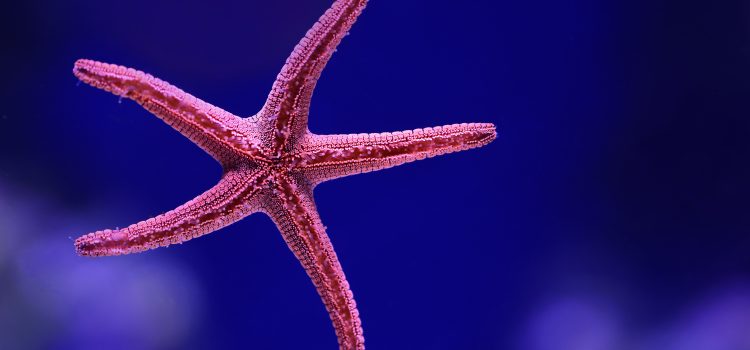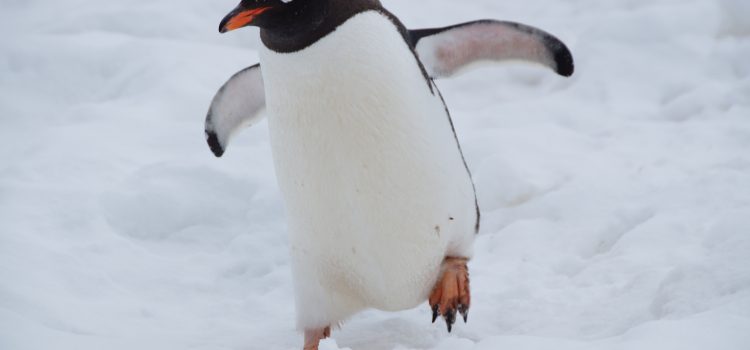
Crab is one of the most popular and delicious seafood enjoyed by millions of people around the world. Whether it’s in a creamy crab soup, crab cakes, or crab legs served with butter, this delicacy has become a staple in many cuisines. But beyond its culinary delights, there is much to learn and appreciate about this fascinating creature.
Crabs belong to the order Decapoda, which means “ten-footed,” and they are found in all the world’s oceans, from the shallowest tidal pools to the deepest trenches. There are over 8,000 species of crabs, ranging in size from tiny pea crabs to the Japanese spider crab, which can have a leg span of up to 13 feet.
While there are many different types of crabs, they all share some common characteristics. They have a hard exoskeleton that protects their soft bodies, and they breathe through gills. They also have a pair of claws that they use for defense and catching food, and their legs are adapted for walking, crawling, and swimming.
One of the most fascinating things about crabs is their ability to regenerate limbs. If a crab loses a leg or claw, it can grow a new one, which is a remarkable feat of regeneration. Scientists are studying this ability to understand how it works and whether it could have applications for human medicine.
Crabs are also known for their unique mating rituals. Male crabs will often fight each other for the opportunity to mate with a female, and the winner will use his claws to hold onto the female while she sheds her shell and becomes vulnerable. This process, known as molting, allows the male to fertilize the female’s eggs before they harden into a new shell.
Despite their popularity as a food source, crabs play an important role in their ecosystems. They help to keep populations of other creatures in check, such as snails and clams, and they are also an important food source for many larger animals, including fish, birds, and humans.
However, overfishing and habitat destruction have put many species of crabs at risk. It’s important to support sustainable fishing practices and protect the habitats where crabs live to ensure that future generations can continue to enjoy this incredible creature.
In conclusion, crabs are not only a delicious delicacy, but also a fascinating and important part of our oceans’ ecosystems. Their ability to regenerate limbs, unique mating rituals, and role in keeping other populations in check are just a few of the wonders that make them such a remarkable creature. Let’s appreciate and protect these amazing creatures for generations to come.

















